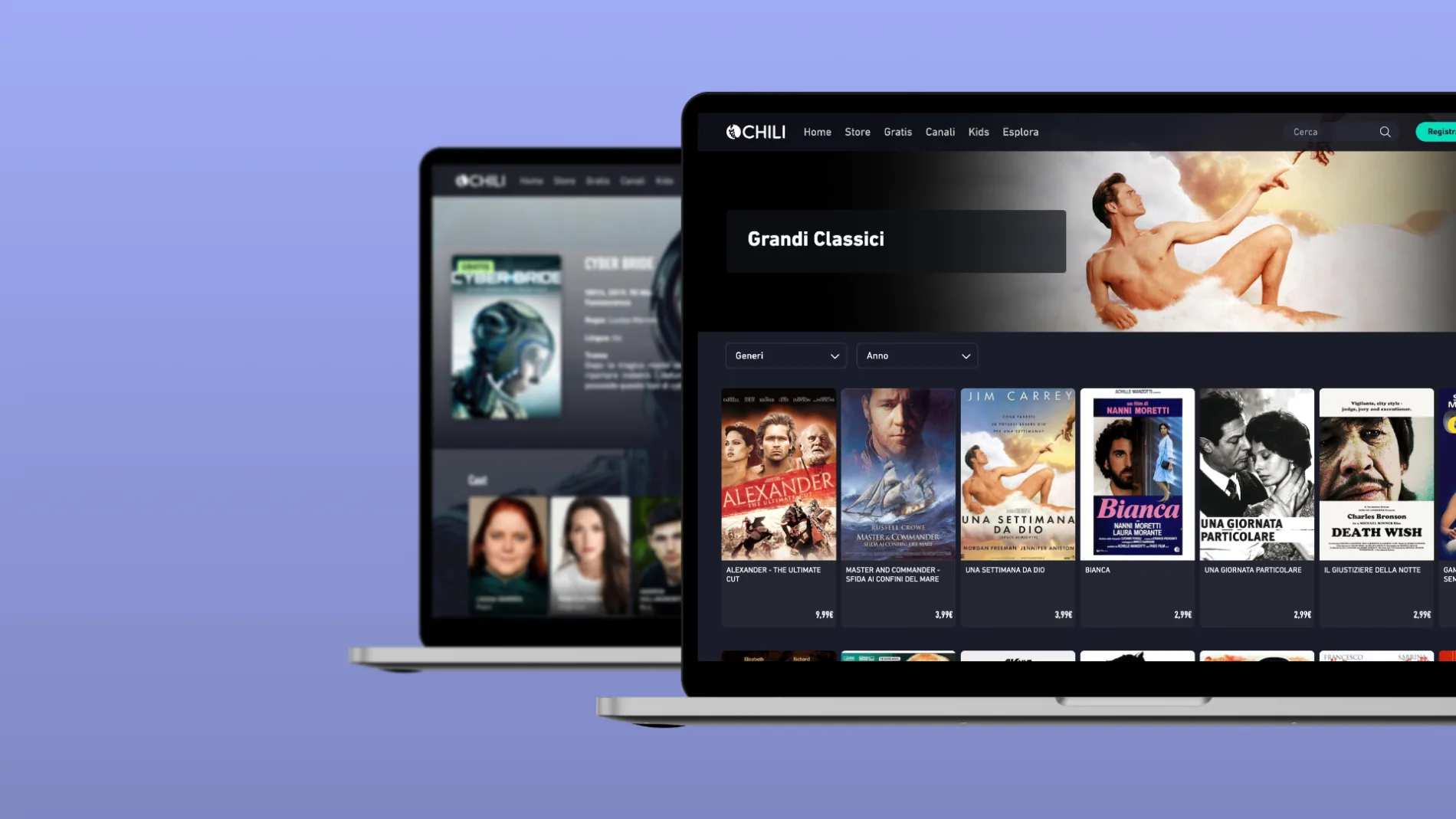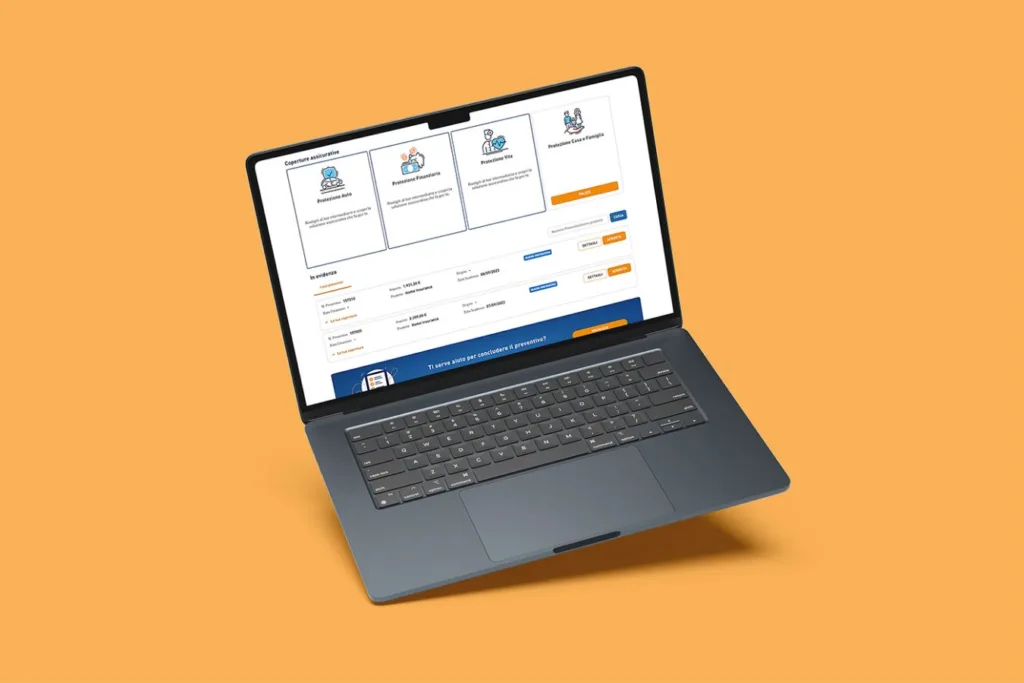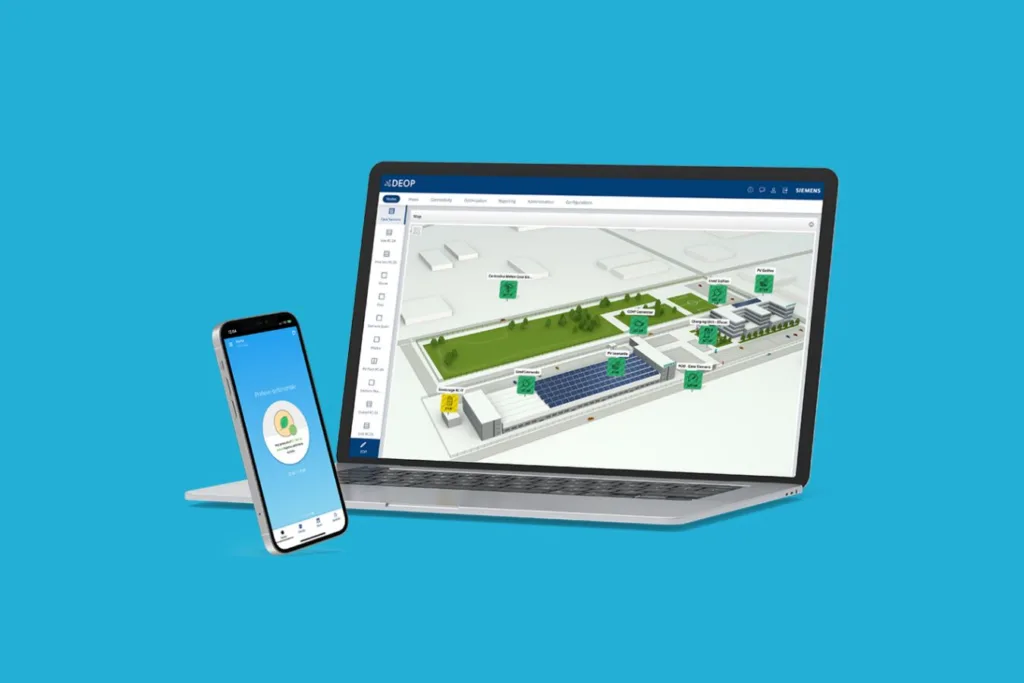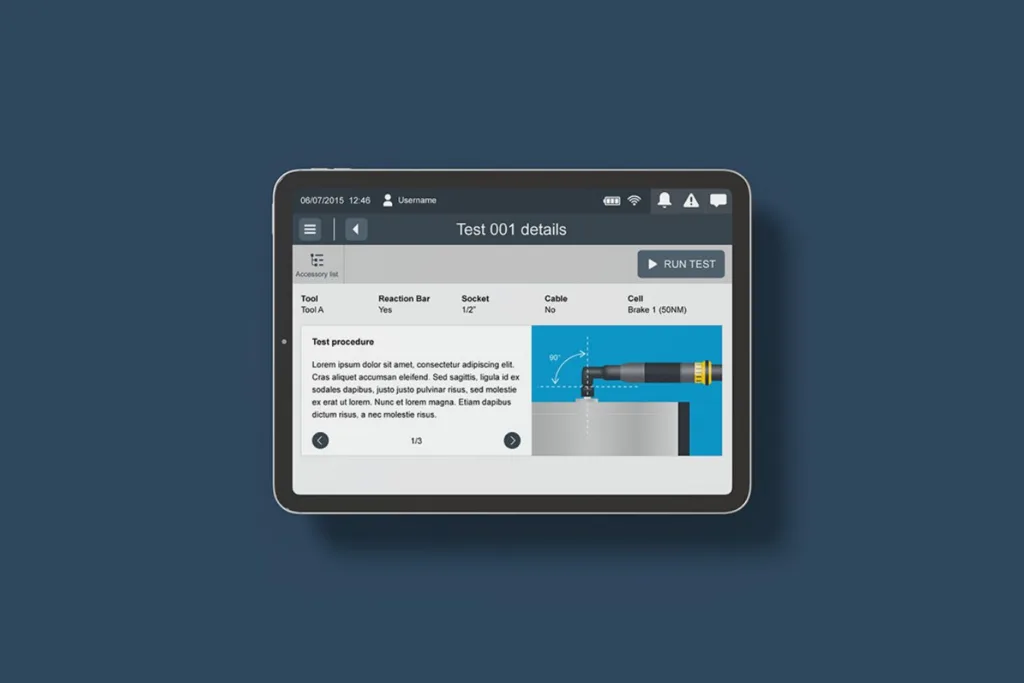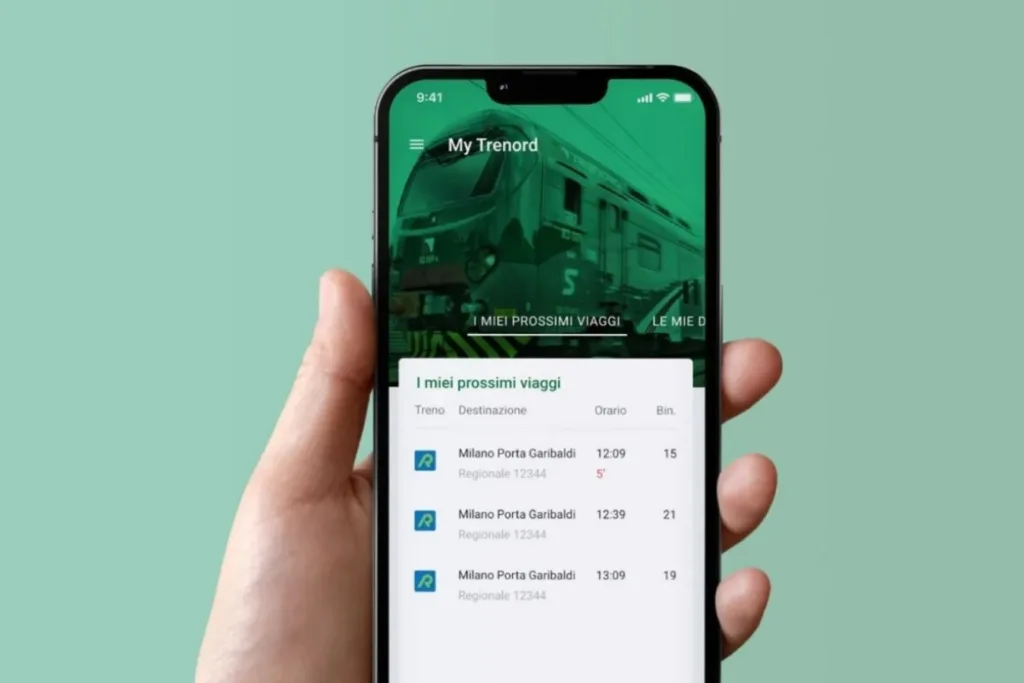- Smart TV
- Web app
- Streaming
- Microservices
- Kafka
- React
- Angular
- Test-Driven Development
- Pair Programming
- Clean Code
- SOLID
- Team Scrum
- LeSS
Alongside the CHILI teams to develop and maintain the video streaming platform.
Thanks to Intré’s contribution, CHILI has innovated its video streaming platform, enhancing its offerings and services for customers.
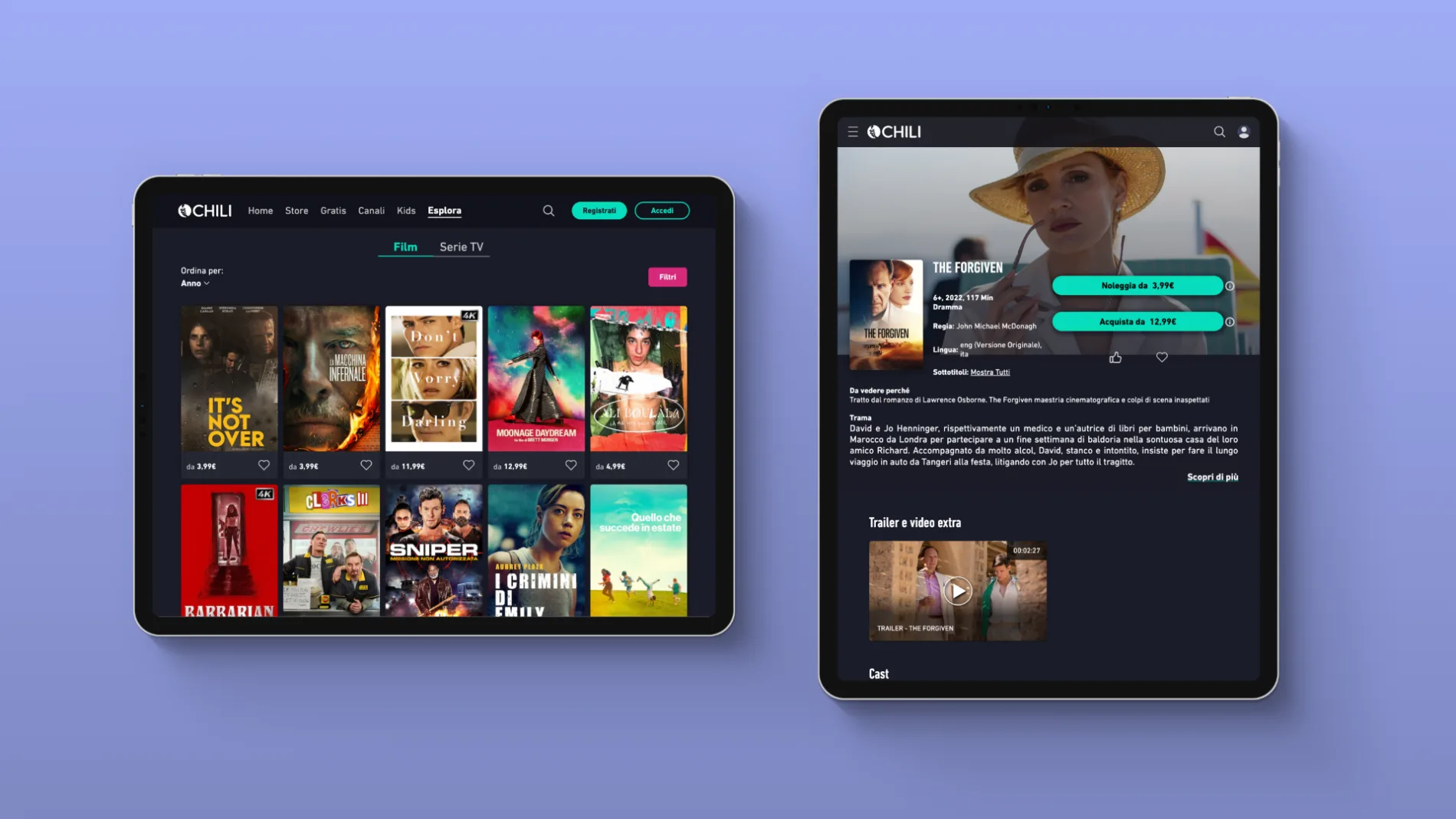
What is CHILI and how does it work?
CHILI is a WebTV platform for streaming movies, TV series, and other types of content, available for free (with ads), for rent, or for purchase.
With a catalog of over 50,000 movies and TV series from around the world, CHILI allows users to watch content on multiple devices (up to five), including Smart TVs, PCs, tablets, and smartphones.
The service has no monthly fees—users only pay for the content they choose to watch.
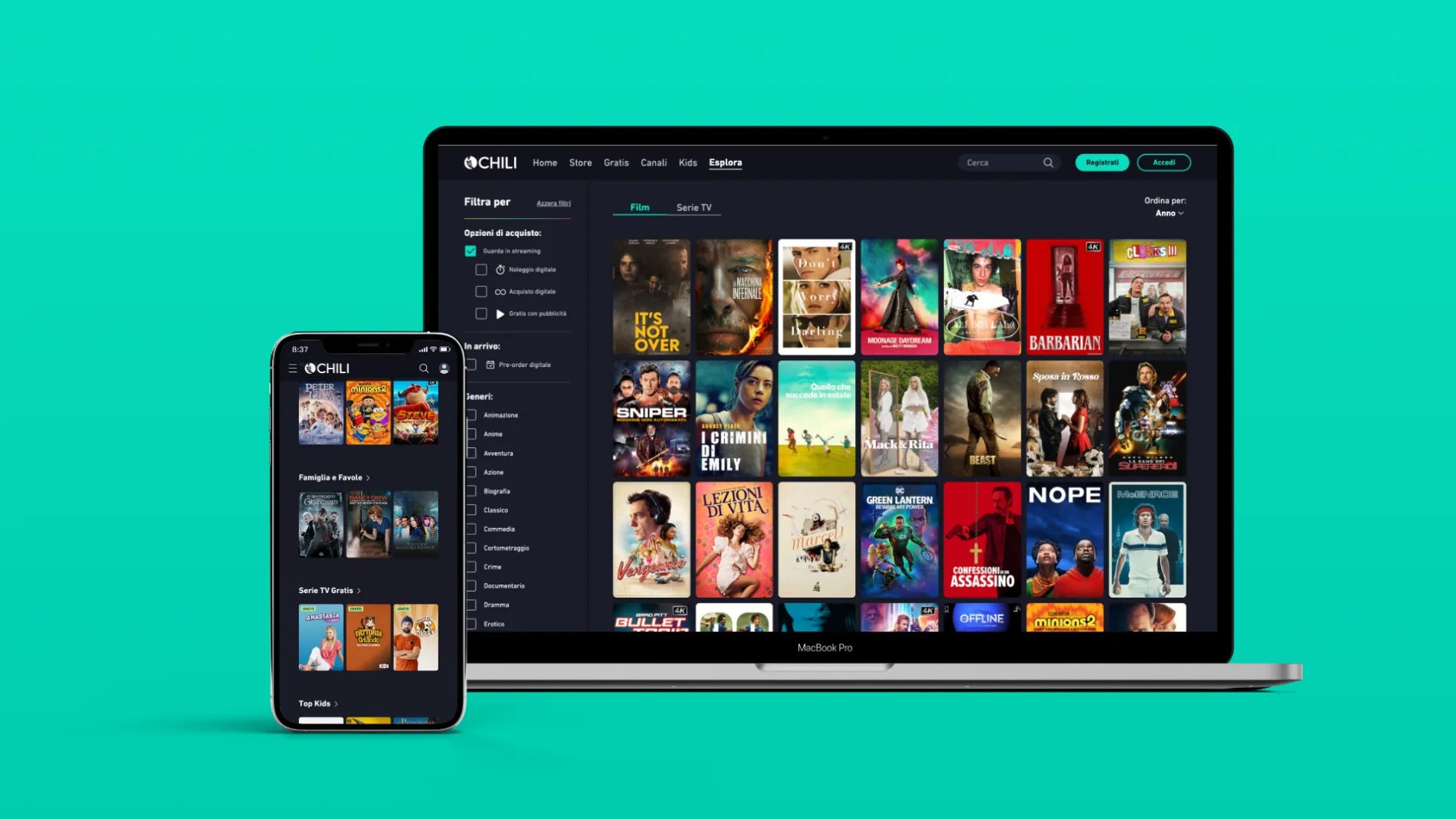
The project
Architecture
From a technical perspective, the project was developed in four main areas:
- Backend: this part of the system was developed using a microservices architecture. Each microservice communicates directly with the Kafka stream processing engine and has specific, well-defined responsibilities.
- Frontend: following the mockups created by Thanks Design, the graphical part was implemented easily and quickly using the React framework.
- Smart TV: the developed applications also include apps for accessing the service through television devices. The technologies used for these applications are quite different from those used for other platforms.
- Backoffice: a project developed with the Angular framework to enable CHILI’s editorial team to publish content and manage users.
LeSS and Scrum teams as the foundation for the Agile development
Using the LeSS framework, four cross-functional teams with expertise in Frontend, Backend, and User Experience (UX) evolved the CHILI platform.
With a common backlog, tasks were carried out in parallel, optimally managing priorities and maximizing value in each Sprint.
Thanks Design successfully created a simple UI with an excellent user experience, the result of in-depth studies on the platform’s usage and consumption patterns.
The teams
The Scrum Team we were part of consisted of three backend developers, three frontend developers, two Quality Assurance specialists, one Product Owner, and one Scrum Master, with external support from two UX designers.
Regarding the work methodology, some practices from Extreme Programming (XP) were adopted, specifically Test-Driven Development (TDD) for writing code and Pair Programming.
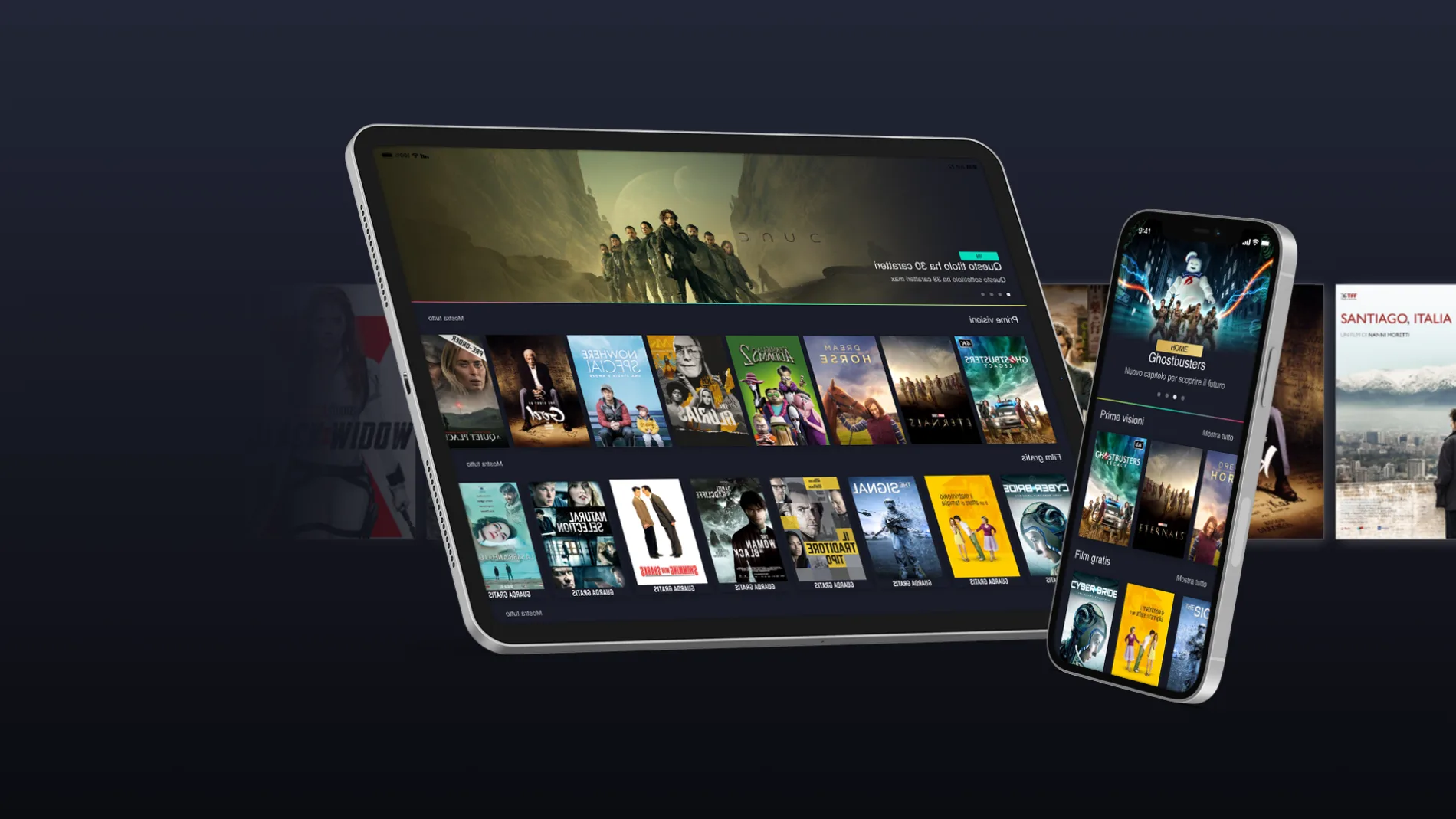
Results achieved
Work processes
Our teams contributed to the improvement of Agile practices, such as Scrum events: Daily, Refinement, Sprint Planning, and Review, as well as the adoption of Extreme Programming. The time spent in meetings and the number of meetings organized significantly decreased, allowing for greater focus on product development.
Technical
The Intré team introduced a continuous improvement approach, where targeted learning paths were implemented to enhance software development skills (such as the introduction and application of SOLID principles).
Throughout the product development cycle, Intré also contributed to maintaining a high level of code quality, drawing inspiration from best development practices like “Refactoring” and “Clean Code“.
